Exploring Cost-Effective Methods for Basement Waterproofing
Basement waterproofing is vital for protecting the integrity and value of our homes, especially here in Lancaster. At LpDry Basement Waterproofing Lancaster, we know that a damp basement not only lowers market value but can also lead to structural damage, mold growth, and health issues from moisture and mildew. Many homeowners face steep repair bills or invasive remediation methods that fail to resolve long-term groundwater pressure and poor drainage. In this article, we explore cost-effective methods that keep basements dry while minimizing expenses. Our focus is on practical, budget-friendly solutions that enhance durability without sacrificing quality. We cover interior and exterior waterproofing, effective sealing techniques, drainage improvements, DIY strategies, mold remediation, and customized solutions for various budgets.
With over 20 years of experience in basement waterproofing Lancaster PA, our team has implemented affordable basement waterproofing solutions that offer lasting protection for your home. By addressing issues such as seepage, concrete block deterioration, and water table fluctuations, we help homeowners avoid the high cost of extensive water damage. Our professional basement waterproofing strategies are designed not only to combat these problems but also to provide peace of mind to our clients. Every method we utilize is backed by real-world examples and technical data that showcase the effectiveness of these affordable options.
What Are the Most Affordable Basement Waterproofing Options?
Affordable basement waterproofing combines proven techniques to minimize water infiltration while keeping installation costs low. Instead of complicated and expensive systems, many homeowners find relief in methods that provide long-term cost efficiency. Interior waterproofing saves money by directly addressing areas prone to water damage, while exterior waterproofing prevents water from ever reaching the foundation. Economical options include high-quality sealants, proper drainage systems, and effective grading around the home. Improving foundation grading intercepts surface water before it seeps into cracks or concrete block walls, and applying epoxy or polyurethane coatings over existing concrete adds a moisture barrier—all without invasive excavation. This multifaceted approach protects structural integrity and adds comfort by reducing damp walls, puddles, and mold.
How Does Interior Waterproofing Save Costs?
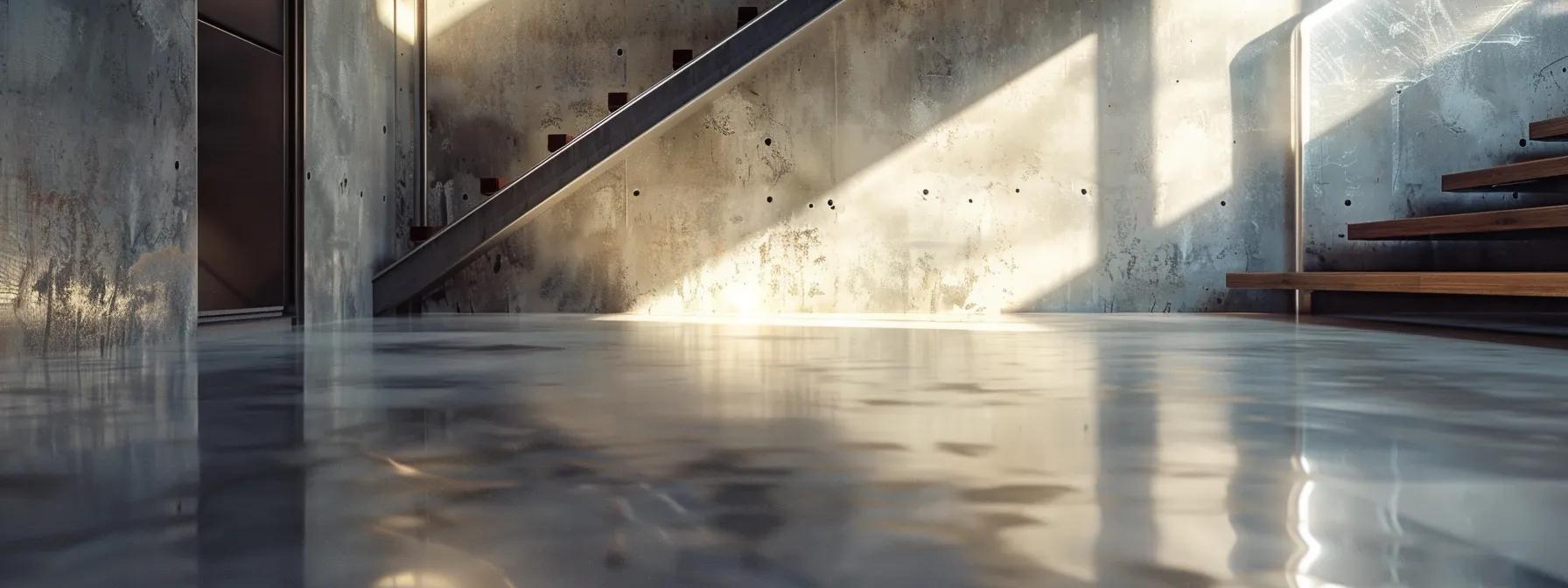
Interior waterproofing addresses water infiltration using sealants, membranes, or epoxy coatings on basement walls and floors. Its primary benefit is stopping water from seeping through cracks and porous surfaces, thus protecting interior finishes like drywall and flooring. Because interior systems avoid heavy excavation, they involve less labor and disruption. Once a quality waterproofing membrane or sealant is applied, it provides long-term protection and reduces the frequency of repairs. Additionally, controlling indoor humidity with interior sealing lessens mold and mildew growth, further cutting ongoing maintenance expenses. For example, sealing cracks in concrete block walls not only stops minor seepage but also improves indoor air quality by reducing moisture. Combined with sump pump installation, interior waterproofing becomes a reliable first line of defense during heavy rains or rapid snowmelt.
What Are the Benefits of Exterior Waterproofing for Budget Homes?
Exterior waterproofing offers comprehensive protection by preventing water from reaching the foundation. Although often considered costlier, modern techniques now provide affordable exterior solutions ideal for budget homes. By applying waterproof membranes and coatings on an exterior, along with proper grading and drainage, we create a permanent barrier against groundwater pressure on basement walls.
These solutions often use bituminous coatings or liquid-applied membranes that experienced contractors can install without heavy excavation. Exterior treatments also help preserve the aesthetics and structural integrity of the building, reduce efflorescence on concrete block walls, and lower long-term maintenance costs. Ultimately, exterior waterproofing not only protects your home but can enhance its market value.
How Do Drainage Systems Contribute to Cost-Effective Waterproofing?

A well-designed drainage system is essential to curb water damage by diverting water away from the foundation. Drainage systems—such as perimeter drains, french drains, and sump pump setups—collect and redirect water, keeping the basement dry during heavy rain or snowmelt. Properly installed drainage channels quickly reduce water pressure on basement walls, lower the risk of condensation, and help prevent mold and interior finish deterioration. Although there is an initial investment, these systems reduce the need for interior repairs and invasive interventions. In many cases, combining improved drainage with interior and exterior waterproofing measures creates a multi-layered defense that is both effective and economical over the long term.
How Can Basement Sealing Techniques Prevent Water Damage Affordably?
Basement sealing is a practical method to stop water damage at its source by sealing cracks, gaps, and porous surfaces on walls and floors. Applying high-quality sealants, waterproofing membranes, or epoxy coatings creates an impermeable barrier that stops moisture from entering the space. This approach is particularly useful for older homes where chronic basement moisture problems have developed over time.
One of the main advantages of sealants is their ability to target specific areas where water enters the basement. Affordable materials such as polyurethane or acrylic caulks offer dual benefits: they seal surfaces and repel water. When combined with immediate crack repair techniques, these measures reduce the risk of extensive structural damage and save money over time.
What Types of Sealants Are Best for Budget Basement Sealing?
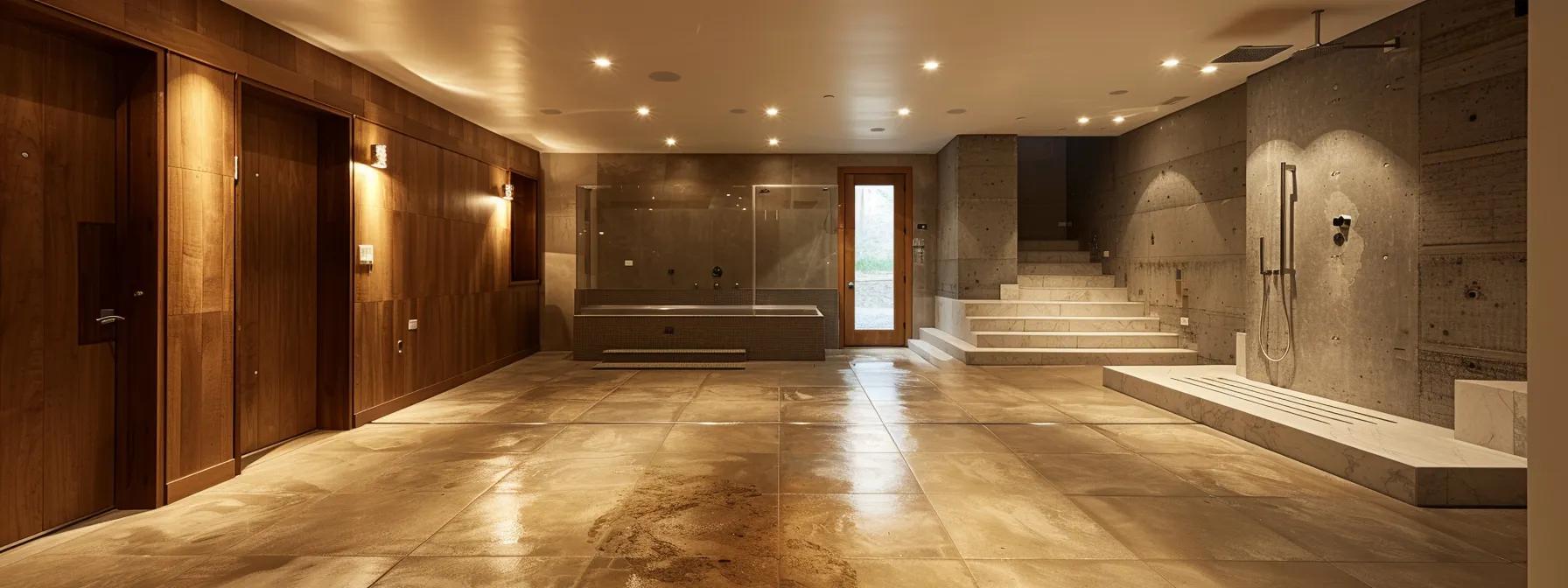
For cost-effective basement sealing, homeowners often choose between several types of sealants based on performance and budget. Polyurethane sealants are favored for their strong adhesion and flexibility; they expand to fill gaps and resist water, making them ideal for concrete and masonry. Acrylic-based sealants are more economical and provide a good moisture barrier with less labor. Epoxy coatings create a hard, durable finish for floors and resist daily wear, while silicone-based caulks offer a quick fix for minor cracks. By combining these options—using polyurethane on joints and epoxy for floors—we ensure every point of water entry is effectively sealed without exceeding budget constraints.
How Does Crack Repair Improve Waterproofing Cost Efficiency?
Crack repair is critical for improving the cost efficiency of basement waterproofing. By identifying and filling small fissures in concrete or masonry quickly, water infiltration is stopped before it can worsen and cause major damage. Modern crack repair methods use injection techniques with specialized resins that bond with existing material, forming a durable seal.
Addressing minor repairs early not only reduces the frequency of future waterproofing interventions but also prevents a cascade of problems such as increased moisture, mold growth, and structural decay. In our experience, proactive crack repair can reduce overall waterproofing costs by up to 30%, saving homeowners thousands in later repair bills.
Which DIY Basement Waterproofing Methods Are Cost-Effective?

Do-it-yourself (DIY) basement waterproofing offers budget-friendly options for homeowners willing to invest time and effort. While professional services guarantee results, several effective techniques can be safely applied at home. DIY methods are ideal for addressing minor water infiltration and sealing localized issues.
Simple steps include cleaning walls to remove dirt and mildew, using a wire brush to eliminate loose material, and then applying a high-quality waterproofing sealant—such as acrylic caulk or polyurethane—directly to the surfaces. Additionally, homeowners can install basic drainage solutions like window well covers or adjust downspouts to direct water away from the structure. Regular maintenance and periodic inspections ensure DIY efforts remain effective. However, for extensive damage, significant cracks, or persistent seepage, professional intervention remains the safest option.
What Are Simple Steps for Affordable Basement Sealing at Home?
When sealing your basement on your own, start by ensuring the area is completely dry, as moisture can hinder sealant adhesion. Clean the surface thoroughly using a pressure washer or stiff brush and cleaning solution to remove dirt, mold, or loose particles. Identify and mark the cracks or gaps that need repair. For small fissures, apply silicone or polyurethane caulk; for larger cracks, consider an epoxy injection or patching compound. Work section by section and allow each area to dry completely before proceeding. Finally, cover the entire treated area with a continuous layer of waterproofing paint or membrane for added protection.
When Is Professional Help Necessary Despite DIY Options?

DIY basement waterproofing is effective for routine maintenance and minor repairs, but professional help is essential when facing significant water damage, widespread structural cracks, or persistent seepage that home remedies cannot fix. Signs such as continuous water flow through large cracks, widespread dampness, or mold growth despite sealing efforts indicate the need for a comprehensive professional solution. Professionals have specialized equipment and materials that diagnose and repair complex issues, often providing warranties and guarantees that DIY methods do not offer. At LpDry Basement Waterproofing Lancaster, our comprehensive assessments ensure that every potential water entry point is addressed, resulting in long-term cost savings and lasting protection.
How Do Drainage Systems Enhance Basement Waterproofing Affordably?
An efficient drainage system is a cornerstone of affordable basement waterproofing. By channeling water away from the foundation, these systems reduce the constant pressure from groundwater and surface water, thereby minimizing the risk of seepage and flooding. Drainage solutions such as exterior french drains, interior sump pumps, and proper gutter management systems work together to direct water away from problems areas.
A french drain captures water around the foundation and redirects it to a storm drain or sump pit, while a sump pump quickly evacuates any collected water. This dual approach not only reduces repair costs by diminishing water entry but also helps curb issues of condensation and mold. In our experience, well-designed drainage systems significantly lower maintenance expenses by protecting both the basement and the overall structure over the long term.
What Are the Most Cost-Effective Drainage Solutions?
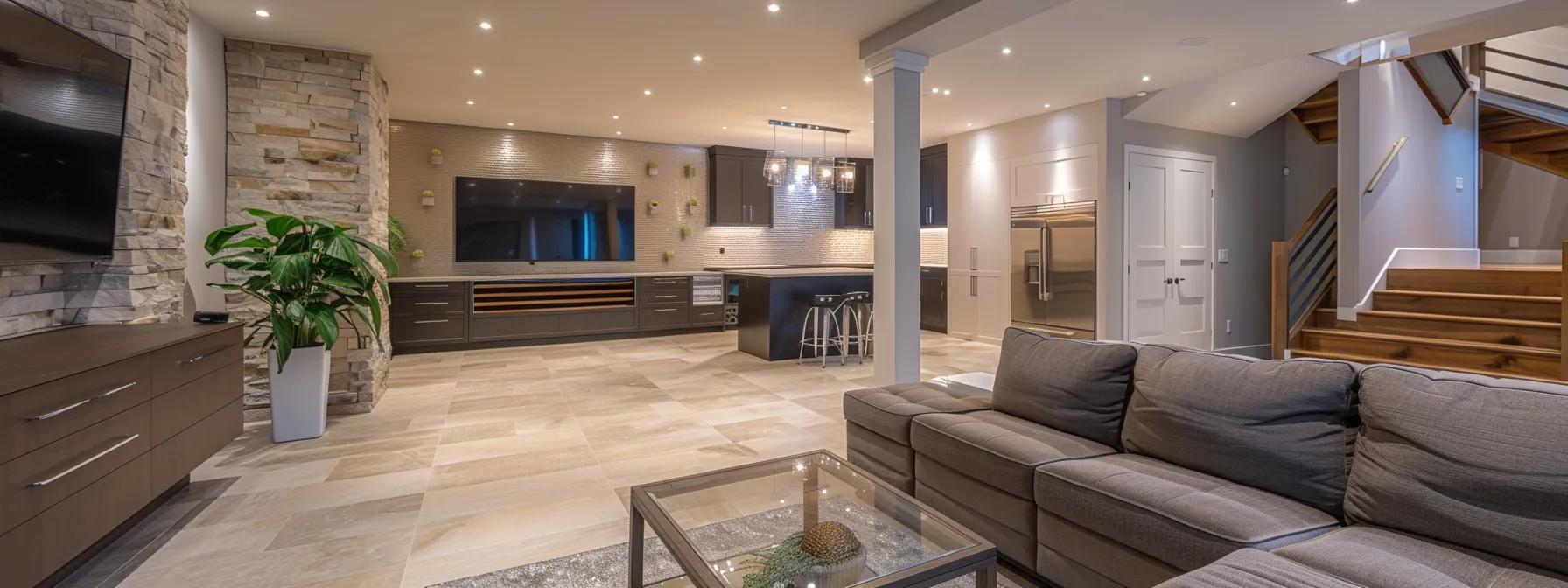
Among the most cost-effective drainage options are perimeter drains and french drain systems. Perimeter drains use perforated pipes wrapped in filter fabric and laid in a gravel-filled trench to capture and redirect water away from the foundation. French drains, which function similarly, are designed to handle larger volumes of water. In cases where water accumulation is a persistent issue, combining these systems with an efficient sump pump further enhances water removal. Many of our clients have experienced fewer repair calls and better indoor air quality after installing these drainage solutions.
How Does Proper Foundation Drainage Prevent Expensive Repairs?
Proper foundation drainage is essential to avoid expensive repairs. By redirecting water away from the immediate area around the foundation, homeowners prevent common structural issues such as cracks, bowing walls, or foundation settlement. When water accumulates, even small cracks can worsen due to hydrostatic pressure, leading to costly repairs. A robust drainage system minimizes such pressure and maintains the effectiveness of waterproofing measures. Our basement waterproofing Lancaster PA experience shows that homes with well-designed drainage systems experience fewer moisture problems, lower maintenance costs, and less frequent need for touch-ups over time.
What Role Does Mold Remediation Play in Cost-Effective Basement Waterproofing?
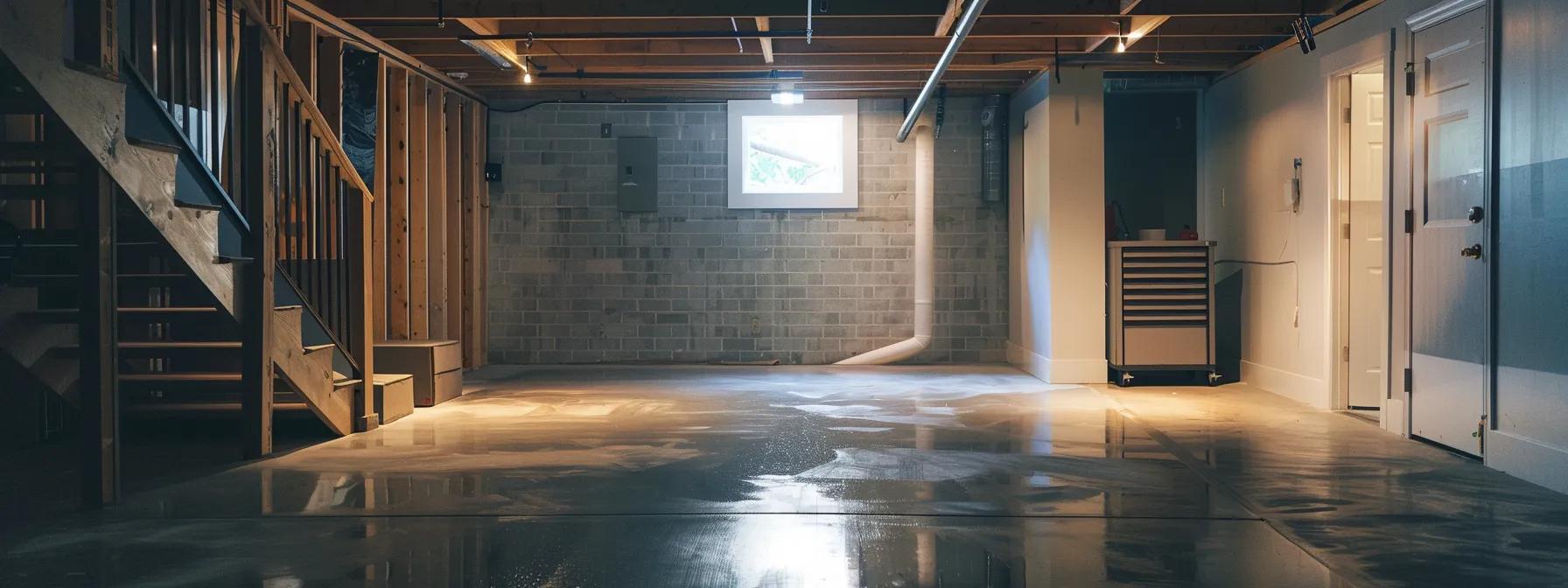
Mold remediation is a key component of cost-effective basement waterproofing. Mold not only poses health risks but also damages property by breaking down organic materials and staining surfaces. Integrating mold remediation into a waterproofing plan helps reduce long-term repair costs by addressing both existing moisture and preventing future infestations. Early mold detection and remediation avoid escalation into major infestations that require invasive and expensive treatments. Techniques such as antimicrobial treatments and thorough cleaning help eradicate mold spores, while applying mold-resistant coatings provides ongoing protection. This two-fold approach improves indoor air quality, protects the structural integrity of the basement, and ultimately reduces overall maintenance costs.
How Can Early Mold Detection Save Waterproofing Costs?
Early detection of mold is a cost-effective strategy that saves money by stopping water damage before it worsens. Professional inspections or DIY testing kits can identify small mold infestations, allowing targeted remediation efforts that prevent further damage. By pinpointing the moisture source early—often through sealing minor cracks or installing a dehumidifier—homeowners can avoid extensive repairs and maintain the integrity of waterproofing systems. In our experience, early intervention leads to fewer repair calls and reduced long-term expenses.
What Affordable Mold Remediation Options Are Available?
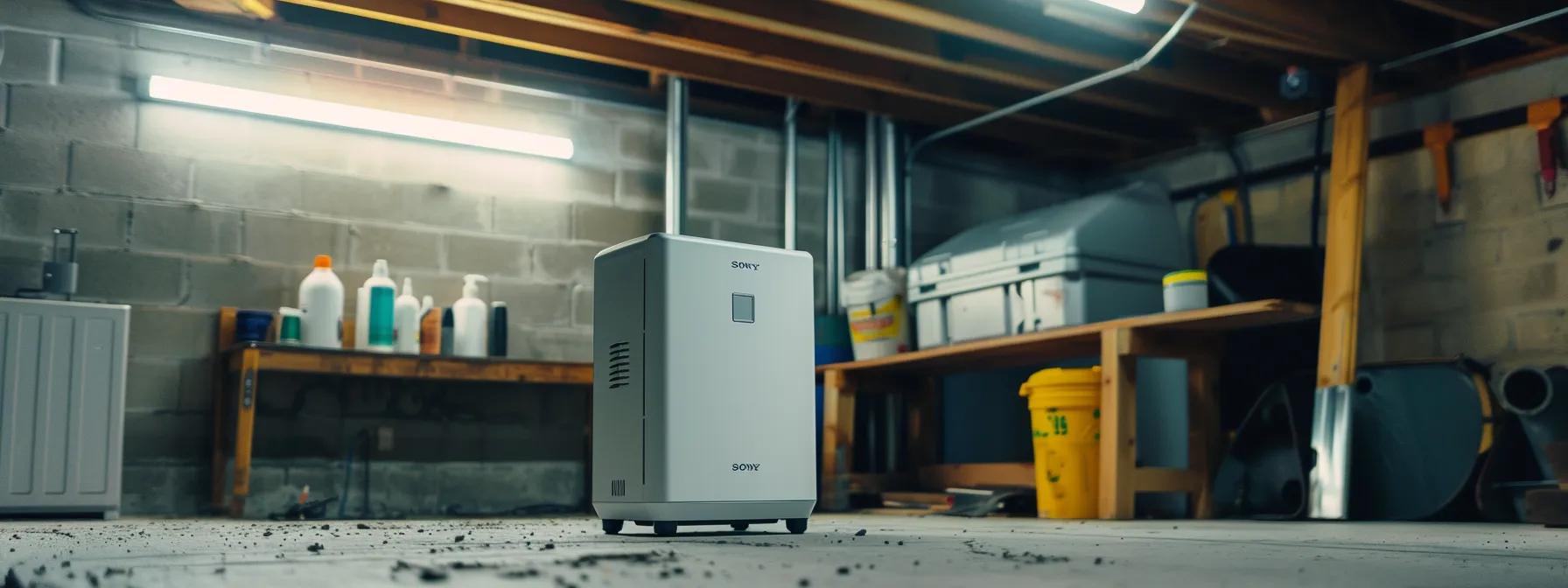
There are several affordable options for mold remediation that can be integrated into basement waterproofing. Homeowners can use antimicrobial sprays, mold-resistant paints, and specialized cleaning agents to address minor infestations. Additionally, portable dehumidifiers help control moisture levels, preventing mold growth before it escalates. For more extensive infestations, competitive professional remediation services use techniques such as HEPA filtration and thermal imaging to ensure thorough removal. Combining these measures with ongoing monitoring creates a layered strategy that keeps mold at bay while saving money in the long run.
How Do Customized Waterproofing Solutions Fit Different Budgets?
Customized waterproofing solutions are designed to fit the unique conditions of each basement and the available budget. No two basements are identical; factors such as soil composition, water table height, and existing cracks require a tailored approach. We begin with a thorough inspection, assess drainage patterns and foundation integrity, and then recommend a combination of interior sealing, exterior treatments, and drainage improvements. This targeted plan ensures that every dollar is spent efficiently to mitigate water damage without overspending on unnecessary measures.
Customized solutions are flexible, allowing homeowners to start with essential measures and add protection layers later as needed. This phased approach provides immediate relief while accommodating long-term improvements, ensuring that the waterproofing strategy remains both effective and affordable over time.
What Factors Influence the Cost of Customized Basement Waterproofing?

The overall customized basement waterproofing cost depends on several key factors. The extent of water damage or seepage determines the intensity of interventions required, while the type of foundation material—be it poured concrete, masonry block, or stone—affects product choices and techniques. Other factors include the area to be treated, local labor rates, and the environmental conditions such as water table level and soil type. Homes on clay-rich soil, which retains water longer, may need more robust drainage solutions compared to sandy soil areas. A longer expected lifespan for the waterproofing solution might mean a higher initial investment in premium materials, but these materials often offer better long-term value by reducing the frequency of repairs.
How Can Homeowners Choose the Right Waterproofing Plan?
Homeowners should begin by conducting a detailed assessment of their basement—preferably with a professional inspection—to identify issues like active seepage, cracks, and signs of mold. Reviewing the inspection findings helps in understanding the severity of the moisture problem and the underlying causes such as poor drainage. It is essential to balance initial costs with long-term savings; the cheapest option may not provide lasting protection. Look for plans that offer warranties and guarantees, which reinforce the system’s effectiveness. Consulting with experienced contractors like our basement waterproofing Lancaster PA team at LpDry Basement Waterproofing Lancaster ensures you receive a customized plan tailored to your home’s specific condition and budget.
What Warranties and Guarantees Should You Expect for Cost-Effective Waterproofing?

Warranties and guarantees are key indicators of a waterproofing system’s reliability and reflect the contractor’s confidence in their work. Detailed warranties specify the coverage period (typically five to ten years) and conditions such as leak repair, maintenance requirements, and limitations if regular inspections are not followed. These guarantees protect homeowners against unexpected future repair costs and reinforce the long-term durability of the waterproofing system.
Choosing solutions backed by clear warranty terms ensures that your investment is secure, reduces future maintenance expenses, and, in many cases, adds value to your home.
How Do Warranties Impact Long-Term Waterproofing Costs?
Warranties lower long-term waterproofing costs by covering unexpected repair expenses. If any flaws in materials or workmanship result in failures, a solid warranty ensures that repairs are made at no extra cost. This protection is valuable because waterproofing is a long-term investment that directly affects your home’s structural integrity. In addition, warranties often encourage adherence to maintenance routines, which helps extend the system’s service life and reduce overall costs by avoiding repeated repairs.
What Are Common Warranty Terms for Basement Waterproofing Services?
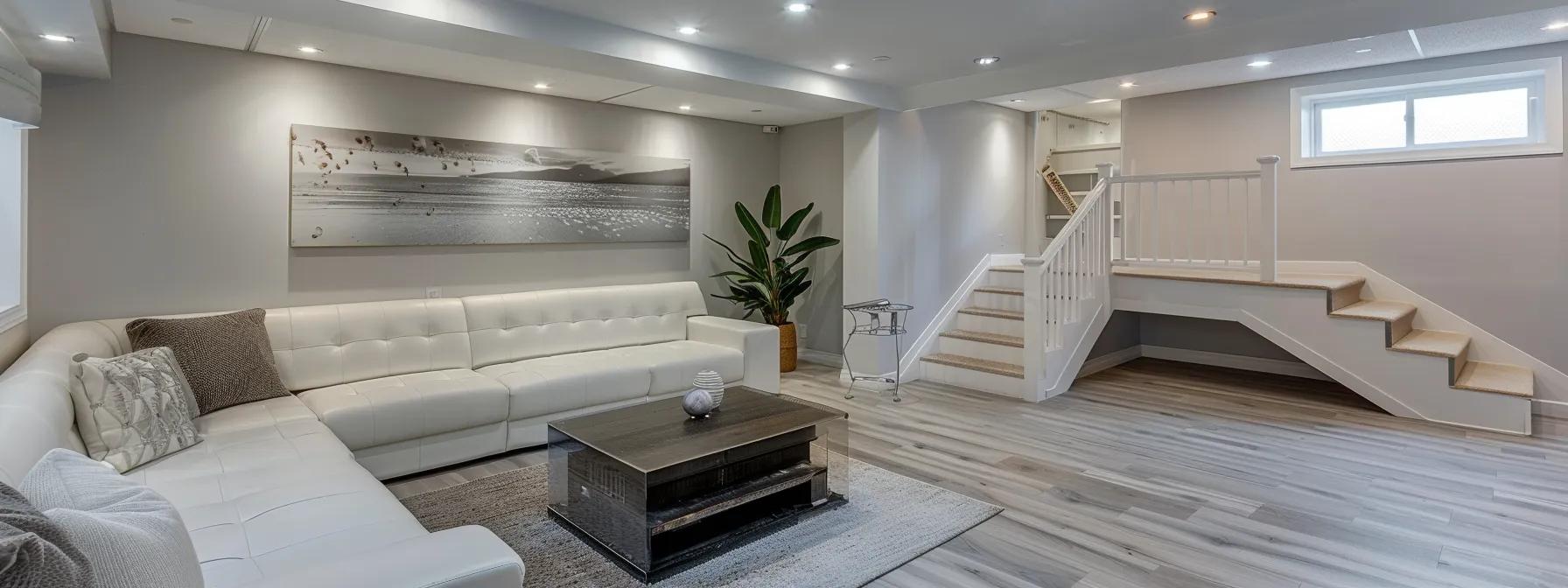
Common warranty terms for basement waterproofing Lancaster PA typically cover workmanship and material defects for five to ten years. They may include prorated coverage for failures occurring after a certain period and often require regular maintenance or inspections to remain valid. These warranties not only cover repair costs related to water penetration and leaks but also provide peace of mind through a commitment to long-term performance. Transparent warranty terms ensure that both the contractor and the homeowner share responsibility for keeping the system effective over its lifespan.
Frequently Asked Questions
Q: What is the difference between interior and exterior basement waterproofing? A: Interior waterproofing focuses on sealing basement walls and floors with membranes and coatings to prevent moisture penetration, while exterior waterproofing involves excavating around the foundation, applying waterproof barriers, and installing drainage systems. Both methods are effective and can be tailored to fit your budget.
Q: How long does a typical waterproofing solution last? A: High-quality waterproofing solutions can last from 10 to 20 years when properly maintained. Warranties typically range between 5 and 10 years, and regular inspections help sustain performance over time.
Q: Can I install drainage systems myself to lower waterproofing costs? A: Yes, many homeowners install simple drainage systems like french drains and perimeter gutters. However, for severe water issues, hiring professionals ensures proper design and installation for optimal performance.
Q: How effective is DIY basement sealing compared to professional services? A: DIY basement sealing works for minor cracks and low-moisture environments, but for significant water infiltration or structural issues, professional services are recommended as they provide a comprehensive solution with warranties and advanced materials.
Q: What should I consider when choosing a waterproofing plan on a budget? A: Homeowners should assess the severity of the water problem, inspect the foundation, compare the benefits of interior versus exterior methods, and review warranty options. A customized plan that considers long-term outcomes offers the best value.
Q: Is mold remediation included in waterproofing services? A: Many comprehensive waterproofing plans include mold remediation. Early detection and treatment prevent further damage and health risks, reducing long-term costs by addressing both moisture issues and their side effects.
Q: How do warranties influence the overall value of a basement waterproofing system? A: Warranties provide long-term financial protection by ensuring that defects or failures are repaired at no additional cost, safeguarding your investment and enhancing the home’s resale value while reducing future maintenance expenses.
